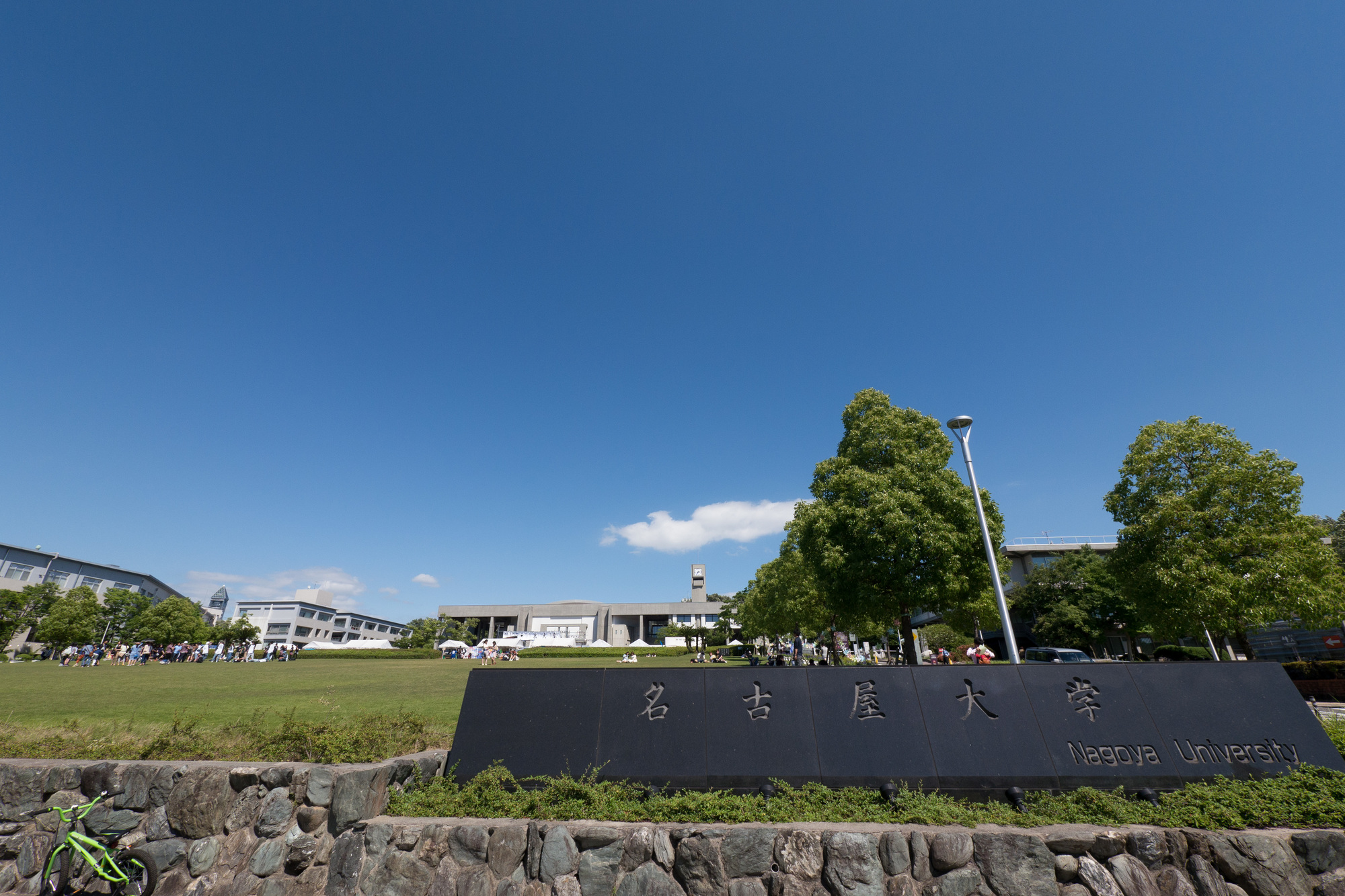Ryosuke Saito of Yamaguchi University's Graduate School of Science and Technology for Science and Technology for the Future suggests that the cause of the mass extinction that occurred at the end of the Permian period about 2 million years ago may have been land fires caused by volcanic activity and subsequent environmental degradation. It was discovered through joint research with an assistant professor, the University of Tokyo, Tohoku University, Nagoya University, the University of Bremen in Germany, the Massachusetts Institute of Technology in the United States, and the China University of Geosciences.
According to Yamaguchi University, the Permian mass extinction is said to be the largest mass extinction in the history of the earth, with more than 90% of species extinct.Until now, it was thought to be caused by large-scale volcanic activity that occurred in what is now Siberia, northeast of the supercontinent Pangea. I woke up and couldn't figure out the details.
The research group collected sedimentary rocks from the Permian period in China and attempted high-resolution analysis of polycyclic aromatic hydrocarbons in the stratum, which had not been possible due to technical limitations. We found that the runoff of terrestrial soil to the ocean and the deoxygenation of the ocean occurred repeatedly on a time scale of hundreds of years.
The research group believes that the vegetation that stabilized the soil on land was destroyed by fire, and a large amount of soil was washed away into the ocean, causing the nutrients in the soil to deoxygenate the ocean.
Paper information:[Nature Communications] Centennial scale sequences of environmental deterioration preceded the end-Permian mass extinction




